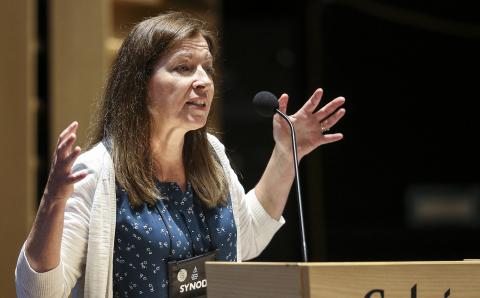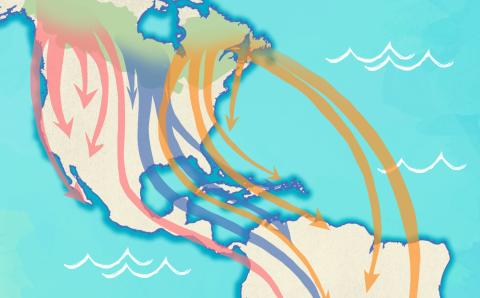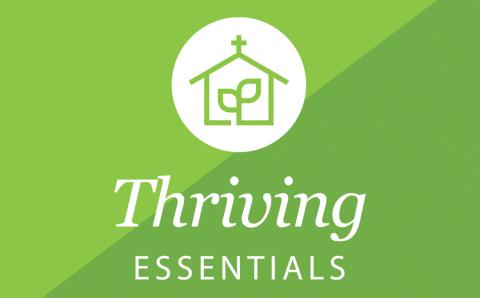In August 2018, we moved in. It was the right time and, we believed, the right home in the right neighborhood. Before long we met the neighbors and realized we were the younger couple on the block—and I was in my late 60s.
Ray and Pat lived across the street from us. It didn’t take long before we were on a first-name basis with them. Ray was a veteran, had been a motorcyclist with a few cross-country trips under his seat, and had worked as an engineer for various companies. But his lifelong passion was music. He could play banjo and mandolin with the best, and he did. Every February, Pat and Ray hosted a “blahs” party, an event soaked in music from musicians who came from hundreds of miles away. They provided a hoedown worth more than diamonds.
Pat is a retired school teacher who knows Pinckney and Livingston County history and the people who have populated these locales for the past 80 years.
The winter of 2018 found me blowing snow off their sidewalks and driveway in exchange for conversation. I got the better part of the deal. When we went out of town, they would take out our garbage and replace the empty garbage can in our garage—little things we didn’t have to worry about.
Fast-forward to late 2019.
It soon became evident that Ray wasn’t feeling well. He was becoming frailer. After an accident with Pat behind the wheel, I became an appointed driver for doctor’s visits. I was privileged to attend the visits with them and heard straight from the doctors what it was that ailed Ray. It was not going to get better—only worse.
In March 2020 Ray came home after a short hospital stay into the care of the local hospice agency.
Our visits continued, and we were enfolded deeper into the lives of this couple. Prayer became an integral part of our time together. Late one Sunday afternoon it became evident that the end of Ray’s life was imminent. I spoke with him alone. We prayed, and I asked Ray to say hello to Jesus when he saw him. He raised his head from his pillow and said, “I will, John. I will.”
Ray died a few hours later. Pat called us over. We checked his vital signs and made the necessary phone calls. We cried together—my wife, Pat, and myself. It’s what you do when a loved one dies.
Being in the midst of a pandemic, there was no funeral. It seemed so bleak. Ray had asked for a “blahs” party to honor his passing. We’re waiting for that event, hoping that enough of his musician cronies are able to make it.
Life goes on. Shortly after Ray’s death, on Friday evenings, we would take Pat to visit the local Dairy Queen and then, ice cream in hand, go for a drive for an hour or two. We explored the broader area of our neighborhood. We learned so much—not just about the landscape, but about the history of the county, the politics, and who lived where, then and now. And we talked about Ray.
Pat became part of our pandemic bubble. We got groceries together, made doctor’s visits as needed, and had conversations on the porch, weather permitting, but moving to the couch when winter set in.
Leanne and I know that we’ve not just moved into the neighborhood. We’ve been enveloped. We don’t need to ask “Who is our neighbor?” We have been accepted as a neighbor in the truest and fullest sense of that word.
About the Author
Rev. John Groen is a retired Christian Reformed Church minister who served congregations in Trenton and Richmond Hill, Ont., and Ann Arbor, Mich. He currently resides in Pinckney, Mich.








